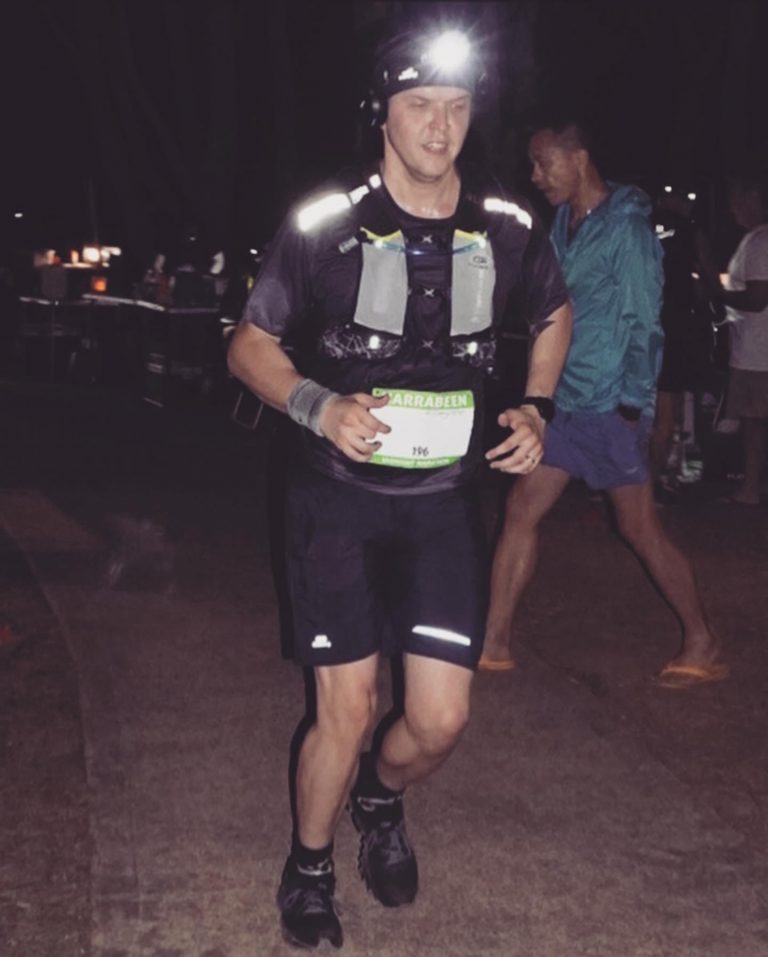Walking is a great way to start your fitness journey. You might want something low-impact that yields great results if you’re a beginner. As someone who has run a marathon, I still find importance in walking on my recovery days and on days when I’m just not feeling my best but still want to move somehow.
Walking is such an accessible exercise routine; all you need, really, are the proper clothes and the proper footwear. No equipment, no home gym required; just get out of your house and take a stroll around the block.
If you’re trying to lose weight, countless people weighing over 200 pounds have started with just walking and have eventually incorporated other forms of exercise into their routine. Some have even started lifting weights and doing more intense exercises.
If that’s not enough for you to put on your walking shoes and get outside, I don’t know what will! However, some times of the day are better than others to walk and to exercise in general. In the summertime, walking at noon isn’t such a good idea.
Let’s find out which time of the day is the best time to walk for you.
Walking In The Morning
 Morning walks are a great way to start the day. Some physical activity in the morning that isn’t so vigorous will help get the blood flowing and will give you more energy throughout the day.
Morning walks are a great way to start the day. Some physical activity in the morning that isn’t so vigorous will help get the blood flowing and will give you more energy throughout the day.
It’s much easier to keep your routine consistent if you exercise in the morning.
In my experience, exercising in the morning means you have less time to talk yourself out of working out.
Your body just puts on your clothes and shoes without question, and before you know it, you’re already out the door.
Early morning walks are also usually much cooler than later in the day. Plus, you don’t have to move your schedule around to get in a morning walk. You only have to wake up 30 minutes earlier (which, for some, is quite a struggle).
However, there is a fine line between loving morning walks and absolutely despising it. Night owls know what I’m talking about! Some people just can’t stand to wake up early in the morning.
You might also find that walking in the morning means you have a lower body temperature, meaning it’s more likely that you’ll have less energy to get more intense with your walking.
Walking in the morning, although it wakes up your muscles, might also be a bit hard to do with the stiff and tense muscles. Try to warm up a bit before going on a more intense walk.
Walking At Noon
Walks on your lunchbreak is another way to incorporate walking into your day. It’s a great way to do so because you find that you’re more awake by that time, and therefore have more energy to walk.
Exercising, in general, is a great way to reduce stress, almost like an outlet when you’re feeling quite down. This way, you can get away from the stress of your office and into nature or just tuning into your body.
You’ll have more energy after walking to continue on with your work. You might also find that, after walking, you’re able to control your appetite, which is a great plus during lunchtime.
It might be too much of a hassle to change in and out of work clothes, though. You might also not have a flexible lunch break.
In addition to the hassle, in the summertime, the noon sun scorching above you is not a great friend to your walking experience. Consider wearing sunglasses, hats, and sunscreen to protect yourself.
Walking In The Late Afternoon
Another great time to exercise aside from the morning walks, in my opinion, is late afternoon. You already have your blood flowing and your body temperature up, almost like your body’s natural way of warming up. You’re more likely to be encouraged to put on your walking shoes, too, since you already have your energy levels up.
You might also find that you’re able to go more intensely in your walking sessions. Research shows that generally, you’re more likely to perform well from 4 pm to 7 pm, even after exercising in the morning.
This time of day is also cooler than other times, so you’ll avoid those heat headaches. You’ll also find a way to get out those stress hormones before going home.
However, it might be quite tempting to skip your walking session at this time as some days are just too long to deal with. All you want to do is go home! (Walk home, if that’s the case!)
Walking In The Evening
You might have a busy schedule and are therefore only able to walk at night. There’s not much wrong with that; after all, something is better than nothing. The cool air of the night might motivate you to take a stroll around and unwind after the long day.
You might also find that you can control your appetite come dinner time. You’ll feel more in control of your movements, too, since your muscles and bones are already warmed up.
However, there are cons to walking at night. For one, if you’re not that disciplined when it comes to keeping up your habit of walking, you might find it hard to keep walking at night a habit! It’s much, much easier to lie down and forget about exercising.
Another big con to walking at night is that exercising, in general, raises your energy levels, so walking at night might make it harder for you to sleep. Give a 3-hour leeway before your bedtime to help your body cool down.
5 Tips To Help With Your Walking
- Start small
One thing that happens with most beginners is that they try to do vigorous exercises in the first session. That was something I used to do until I realized that I would always end up too sore to get up the next day, which isn’t a good sign. It’s also less sustainable to go all-in in the first session.When I take a week off of training, the first session back is always a slow one, and that’s okay. There’s no pressure to be great immediately. Instead, think of this as the start of your changed lifestyle. Start off with just 30 minutes of walking (or less, if that’s too much). Remember, something is always better than nothing.
You can even go slow and at a relaxed pace. This will help you be more comfortable with walking and getting your heart rate up before you get more intense. Always remember, your walking sessions are meant to be little steps to help you become fitter and fitter. You have a whole lifetime to improve, so there’s really no rush.
- Warm-up and cool down
When you’re going on a walk, especially in the morning, it’s great to start out slow first to get your blood flowing and your muscles more relaxed instead of tense. If you’re doing a 30-minute walk, maybe stretch a bit first before doing a slow 5-minute walk. Get more intense for 20 minutes, then go slow again for 5 minutes.This way, your body won’t feel too much of an impact and it’ll keep up with you more easily. You can also increase the duration of your warm-ups.
- Bond with friends
It’s not hard to make walking a way to socialize with your friends! Schedule a walking session with some of your nearby friends to motivate you to put on your walking shoes. This is a great way to be accountable for your walking sessions. When other people are waiting for you to come out for a walk, you’ll feel more encouraged to come along.During the actual walk, you won’t feel the muscle pain as much as you exchange stories with your friends. If you don’t have friends nearby, you can walk your dog instead! It’s a fun way to get your exercise in while doing your best friend a favor.
- Make it a routine
Exercising on days when you only feel like it makes it so much harder to motivate yourself to take a stroll. Instead, try doing it every day or every other day, choosing which times and days of the week.This way, you are training your mind to know that it’s time to get outside. You can also make it so much easier for you to take a walk by putting your shoes and workout clothes beside your bed. Make it the path of least resistance.
- Get more vigorous
When you get a bit more bored with your routine, as you are bound to feel when you’ve been walking for weeks, consider walking a bit more intensely at a quicker pace.You can also change routes so that your path is uphill. If that’s not enough, consider even trying a light jog! Just make sure you progress a little each week, be it through pace or through how long you’re walking.
Conclusion
Walking is an exercise that can be easily incorporated into your daily routine. However, there are a lot of things you can do to improve the quality of your walking sessions and to make it a sustainable practice.
By choosing the right time of the day for you and incorporating some of the tips I shared with you, you can make your walking practice into a lifelong fitness journey.
Check out my previous post on what I consider to be some of the best socks for walking. If you’re looking for more reasons of why you should walk, then check out the 7 amazing benefits of walking after eating. Together with this post, perhaps you can pinpoint the exact time to walk so that it maybe happens after your biggest meal.
And hey, if you’re starting to pick things up and want to get into running then check out my running tips. Running has great mental health benefits and it’s a great exercise to pick up if you want to improve your overall health.

Marko Rakic is a trail runner and fitness enthusiast from Sydney, Australia. He is the lead writer for The Ultimate Primate and believes the best way to live a happy life is through constantly challenging yourself.

